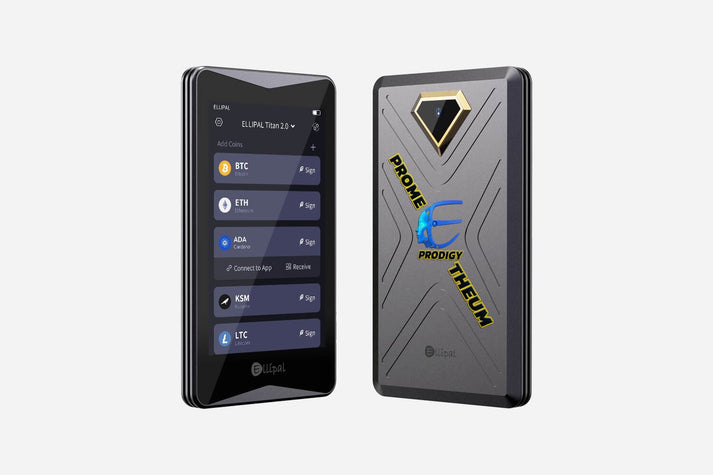Unlock the Secrets of Cold Storage Wallets: Your Ultimate Guide to Safeguarding Crypto!
In a world where cryptocurrency is becoming increasingly popular, the need for secure storage options has never been more critical. Cold storage wallets, also known as offline wallets, play a vital role in protecting your digital assets from the myriad of threats that exist in the online space. Unlike hot wallets, which are connected to the internet and are prone to hacking, cold storage wallets offer a safer haven for your cryptocurrencies. With the rise of Bitcoin and other digital currencies, understanding cold storage wallets and their importance is essential for anyone looking to invest in this exciting new asset class.

Understanding Cold Storage Wallets
Cold storage wallets are devices or methods used to store cryptocurrencies offline, ensuring that they remain safe from online threats. There are primarily two types of cold storage wallets: hardware wallets and paper wallets. Hardware wallets are physical devices that securely store your private keys and require specific steps to access your funds, making them highly secure. On the other hand, paper wallets are simply pieces of paper that contain your private keys and public addresses, which can be generated using secure software. The key difference between cold wallets and hot wallets lies in their connectivity; while hot wallets are connected to the internet, cold wallets are not, providing an extra layer of security that is crucial for safeguarding your investment. This makes cold storage wallets an essential tool for crypto investors looking to enhance their security.
Benefits of Using Cold Storage Wallets
The advantages of cold storage wallets are numerous and significant. First and foremost, they offer enhanced security against hacking. Since cold storage wallets are not connected to the internet, they are immune to online threats such as phishing attacks and malware. This is particularly important for individuals who hold substantial amounts of cryptocurrency, as the fear of losing access to their assets can be overwhelming. Additionally, cold storage wallets allow users to store large amounts of cryptocurrency safely, offering peace of mind that comes with knowing your investments are secure. Friends who have used these wallets often recount experiences of feeling relieved and protected, especially after hearing stories of others who have lost their funds due to online breaches. The ability to completely disconnect your assets from the digital world is a compelling reason to consider utilizing cold storage wallets.
How to Choose the Right Cold Storage Wallet
When selecting a cold storage wallet, there are several key factors to consider. Security features should be at the top of the list; look for wallets that offer high-grade encryption and two-factor authentication. Ease of use is also crucial, especially for those who may not be tech-savvy. A user-friendly interface can make the setup and transaction processes much smoother. Compatibility with various cryptocurrencies is another important consideration, as some wallets may only support certain coins. Finally, backup options should not be overlooked; ensure that the wallet provides a reliable method for backing up your keys and restoring access in case of loss. Taking the time to research and understand these factors can make a significant difference in your overall crypto experience.
Setting Up Your Cold Storage Wallet
Setting up a cold storage wallet can seem daunting, but following a simple step-by-step process can help ease the transition. First, purchase your chosen wallet from a reputable source. Once you have it in hand, carefully follow the manufacturer’s instructions to set it up. This typically involves creating a secure PIN and writing down your recovery seed phrase, which is essential for retrieving your funds if the device is lost or damaged. After setting up the wallet, it’s vital to secure it properly. This means storing the physical device in a safe place and keeping your recovery phrase private. Regularly updating your security practices and being aware of any potential threats can help maintain safety after setup. Many users recommend periodically checking the integrity of their wallets to ensure everything is functioning as it should.
Summarizing Cold Storage Wallets for Your Crypto Security
In summary, cold storage wallets are an essential tool for anyone serious about securing their cryptocurrency investments. By understanding what they are, their benefits, and how to choose and set one up, you can significantly enhance the safety of your digital assets. As the cryptocurrency landscape continues to evolve, taking proactive steps to protect your investments is more important than ever. Don’t wait until it’s too late—explore the options available and choose the right cold storage wallet for your needs today.
